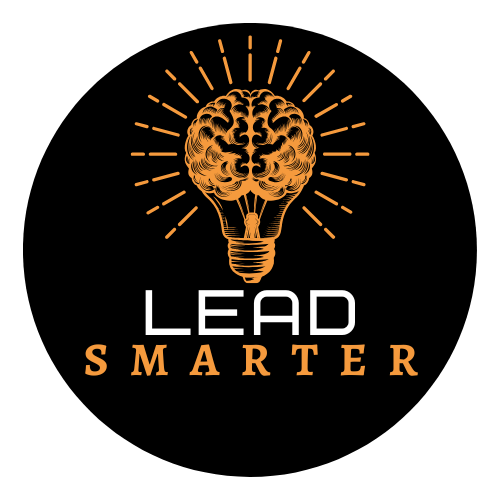Building Strategic Human Capital: Cultivating Your Most Valuable Organizational Asset
Strategic human capital development begins with a fundamental shift in perspective: seeing people not as interchangeable resources or costs to minimize, but as appreciating assets capable of generating exponential returns when properly developed.

In today's knowledge economy, strategic human capital development has emerged as the defining factor between organizations that merely survive and those that consistently thrive. While many leaders acknowledge the importance of their people, far fewer approach human capital with the same strategic rigor they apply to financial capital, technology investments, or market positioning.
The Strategic Human Capital Mindset
Strategic human capital development begins with a fundamental shift in perspective: seeing people not as interchangeable resources or costs to minimize, but as appreciating assets capable of generating exponential returns when properly developed. This mindset recognizes that an organization's people represent its most significant source of sustainable competitive advantage.
Key Elements of Strategic Human Capital Development
Talent Ecosystem Design
Forward-thinking organizations are moving beyond traditional talent management to create integrated talent ecosystems that:
- Align recruitment, development, and advancement pathways with strategic business objectives
- Create fluid internal labor markets where skills and capabilities flow to their highest-value applications
- Balance specialist expertise with versatile capabilities that enable organizational adaptability
- Build talent pipelines that anticipate future capability needs, not just fill current vacancies
Learning Infrastructure
Organizations that excel at human capital development create robust learning infrastructures characterized by:
- Personalized development pathways that combine formal training, experiential learning, and social learning
- Rapid skill acquisition mechanisms that enable quick pivots to emerging opportunities
- Knowledge exchange platforms that transform individual insights into collective intelligence
- Learning approaches that develop both technical expertise and adaptive capabilities
Experience Architecture
The most sophisticated human capital strategies design employee experiences that:
- Accelerate capability development through carefully crafted stretch assignments
- Create psychological safety that enables productive risk-taking and innovation
- Build meaningful connections between individual contributions and organizational purpose
- Provide the autonomy, mastery, and purpose that drive intrinsic motivation and discretionary effort
Measuring Human Capital Development
Leaders committed to strategic human capital development implement measurement systems that:
- Track leading indicators of capability development, not just lagging performance metrics
- Measure both individual growth and organizational capability building
- Assess not just what people accomplish but how those accomplishments build sustainable capacity
- Connect human capital metrics directly to strategic business outcomes
The Leadership Imperative
Ultimately, building strategic human capital requires leaders who:
- View people development as central to their role, not a peripheral HR function
- Create conditions where diverse talents can flourish and collaborate effectively
- Cultivate organizational cultures where continuous learning is expected and rewarded
- Recognize that investing in human potential yields returns that extend far beyond quarterly results
Organizations that approach human capital with this strategic intent develop capabilities that competitors cannot easily replicate. In a world where technology and processes can be quickly copied, the unique ways your organization develops and deploys human capabilities represent your most sustainable source of competitive advantage.
The question facing today's leaders is not whether they can afford to invest strategically in human capital development, but whether they can afford not to.
